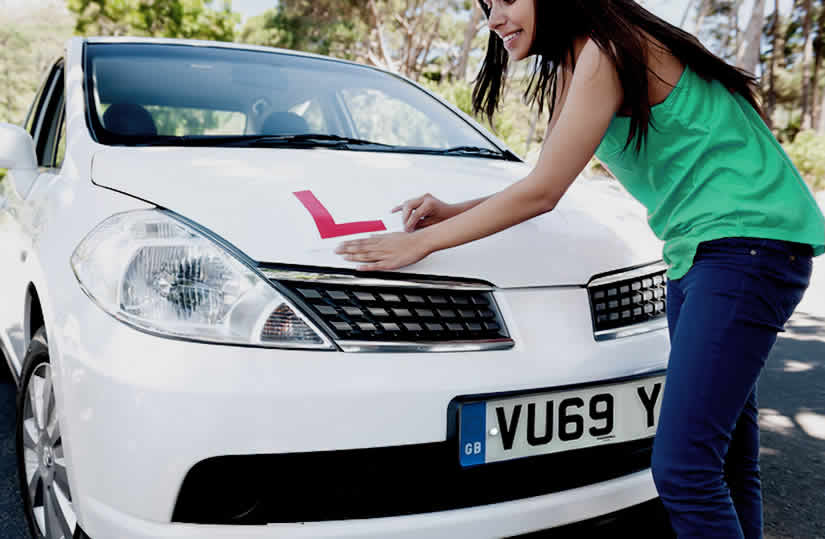If you’re fortunate enough to already own a car before passing the driving test, you’ll find that there are benefits in using your own car for learning to drive in. The benefits for learning to drive in your own car can include:
- Saving money on driving lessons
- Gaining more driving experience
- Taking the driving test in your own car
Saving Money on Driving Lessons
Looking at the positives, learning to drive in your own car saves you money as you don’t need to pay for an expensive driving instructor. At around £25 per hour, per driving lesson, that can save you a total of around £1,200 or more depending on where you live.
You’ll need to ensure that you have appropriate learner driver insurance and to meet all legal vehicle requirements for use on public roads. Then, all you need is a suitable supervising passenger – they must be over 21 years of age, held a driving licence for 3 or more years and must be qualified for the type of vehicle that they are supervising you in.
Is Your Supervising Passenger up to Standard?
There can be negatives if this isn’t done properly. Don’t assume that just because the supervising passenger has a full licence, that they’re capable of teaching you to drive to test standard. Driving a car and driving a car to test standard are two very different things.
With this in mind, it’s advisable to take a combination of professional driving lessons from a instructor and private tuition in your own car – particularly when starting out learning to drive. This will allow you to get the basics of driving right; moving off, observations, signalling, appropriate speed, road positioning and anticipation and planning.
It’s important to get the basics correct right from the start because if you leave it too late, it becomes time consuming and expensive to go back to correct all that you have so far learnt. Start off by taking lessons with a driving instructor, then continue to develop your skills when driving in your own car with your supervising passenger. To ensure you keep on track, ensure that you and your supervising passenger follow the driving lesson syllabus.
Is Your Car Ideal for Learning to Drive?
The type of car that you learn in can make the difference between learning to drive made easier, or harder. The ideal car for learning to drive in should be small as this makes it easier to maneouver.
Your car should also provide the driver with the ability to clearly observe what’s going on, all around the vehicle. Some modern cars have small rear windows and large door posts, simply for aesthetics and whilst this might look good, it makes observations harder. A car that offer clear, all round observations is not only better for spotting hazards, but is easier when carrying out a manoeuvre.
Is it Better to do the Driving Test in Your Own Car?
The car that you use primarily for learning to drive in, you’ll also want to use on the practical driving test, so if this is your own car, then use your own car for the driving test too. This is because on the driving test, it’s important that you use a car that you’re familiar with. The last thing you want during your test is to have to spend time getting used to a car that you’ve never driven before.
